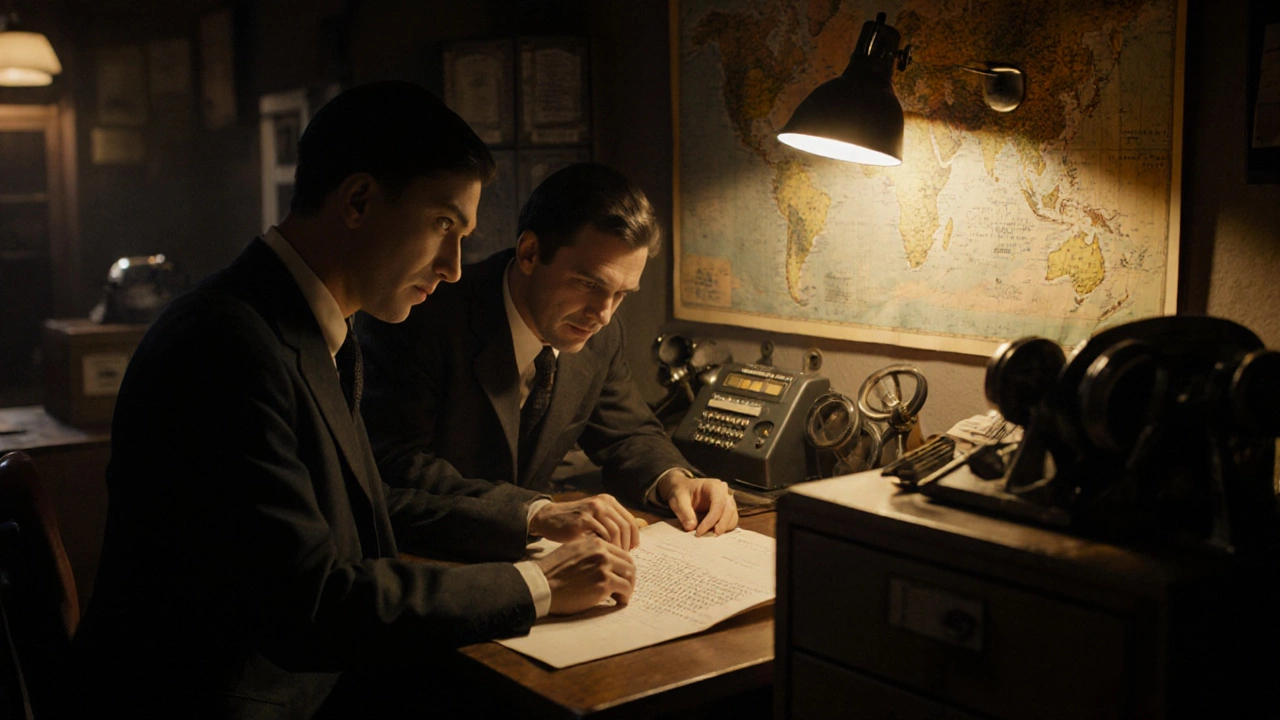Escape Room Challenge: Tips, Safety, and How to Beat Any Puzzle
When you step into an escape room challenge, a themed, real-life puzzle game where teams work together to solve clues and escape within a time limit. Also known as escape game, it’s not just about finding keys—it’s about communication, quick thinking, and trusting your team under pressure. These aren’t sci-fi fantasies. They’re real spaces with locked doors, hidden mechanisms, and ticking clocks. And if you’ve ever walked in wondering if you’re actually locked in, you’re not alone.
The escape room duration, typically 60 minutes but sometimes 45 or 90, depending on the venue and difficulty isn’t just a timer—it shapes how you play. Too fast, and you rush. Too slow, and you miss clues. Most teams waste the first five minutes staring at walls instead of scanning for patterns. The key? Start by dividing roles: one person watches the clock, another scans for numbers or symbols, and someone else talks out loud—because silence kills momentum. And yes, you can bring your phone—but most venues ban it. Why? Because the magic disappears when you Google the answer.
escape room safety, a legal requirement in the UK, means no real locks, emergency exits, and staff monitoring via cameras or intercoms. You’re never truly trapped. Game masters can open doors at any time if you’re stuck, panicked, or just need a break. That’s why reputable venues list their safety policies upfront. If they don’t, walk away. And if you’ve ever wondered what happens when the clock runs out? You don’t fail—you get a debrief. Most places show you the solutions you missed, explain the puzzles, and even let you take a photo with the room. It’s not about winning. It’s about the story you tell afterward.
Some rooms are horror-themed. Others are space missions or heists. But the best ones? They’re built for teams—not solo heroes. You need someone who notices small details, someone who connects dots fast, and someone who keeps the group calm when things go sideways. That’s the real escape room strategies, a set of proven techniques like clue mapping, time allocation, and avoiding tunnel vision. Most people fixate on one puzzle for 15 minutes while three others sit untouched. That’s not skill—it’s wasted time. The smart teams rotate tasks, shout out findings, and don’t assume the answer is hidden in plain sight—it’s often tucked behind a painting, inside a book, or disguised as a decoration.
And here’s something no one tells you: the hardest part isn’t the lock. It’s the silence. When no one speaks, panic creeps in. When someone says, "I think this number means something," it unlocks the whole room. That’s why the best escape rooms don’t reward geniuses—they reward teams that listen.
Below, you’ll find real guides on what to do the second you walk in, how long you should expect to play, what to do if you don’t finish, and how to pick a safe, fun venue. No fluff. No hype. Just what works.
Two people can absolutely beat an escape room-if they communicate well and pick the right challenge. Discover how duo teams outperform larger groups with better focus and smarter teamwork.

